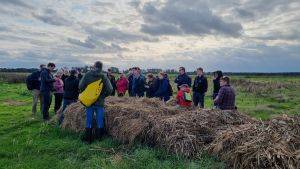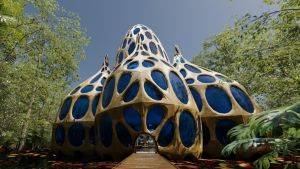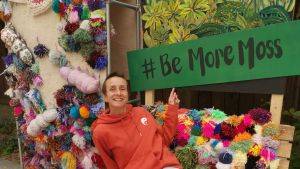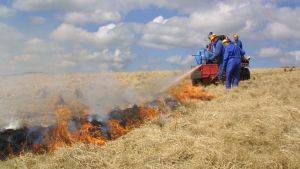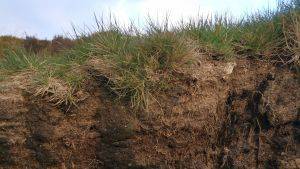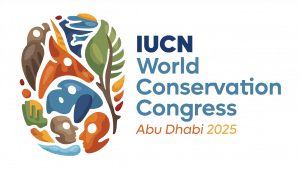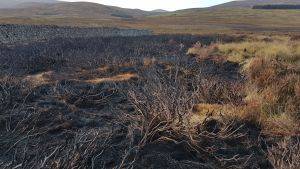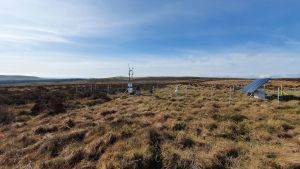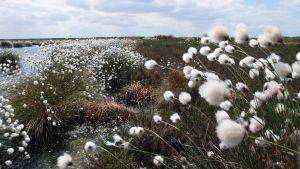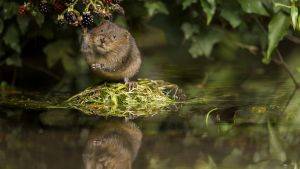Working in partnership for wetland restoration
Introduction
The LIFE+ Nature project: Restoring Alkaline and Calcareous Fens within the Corsydd Mon a Llyn (Anglesey and Llyn Fens) SACs in Wales. Managed by the Countryside Council for Wales and supported by the Welsh Government, the project partnership includes the Environment Agency Wales, Dwr Cymru/Welsh Water and the North Wales Wildlife Trust. The main aim of the Anglesey and Llyn Fens LIFE+ project, North Wales, is to bring 751 ha fen habitat into favourable or recovering condition. This is through measures aimed at tackling factors affecting their condition, and by delivering more sustainable management. The areas include: two Special Areas of Conservation (SAC), which also form a Ramsar site; a number of SSSI’s and National Nature Reserves. Creating strong partnerships with local communities is at the heart of the project – as is commitment to developing opportunities for local businesses and the local economy to thrive.
Description
Funded by the European Commission LIFE+ programme, which is the main funding for encouraging sites back into favourable condition, the project has 5 Million Euros from 2008 – 2013 to undertake this major wetland restoration project, by tackling the Fens as part of their cultural landscape. This means working with the many communities and catchments that surround the fens, so that everyone gets the best possible outcome. There are 3 main issues affecting the Fens: water quality, water quantity and dereliction. Critical Factors include: Management neglect or inappropriate management on and adjacent to sites. Nutrient enrichment. Drainage. Successional change (leading to scrub development and other undesirable changes). Uncontrolled burning. Climate change. Lack of information about the importance of the project sites and the need for wetland conservation management.
Project Aims
The goal is not only to restore the precious fen habitats, but also to ensure that the local communities benefit from the best use of the fen. Within the catchments, the project is introducing locally targeted Management Agreements, carrying out direct capital works, and aiming to increase connections between habitats, species, people and the fen sites. This includes promoting sustainable, local produce and helping producers with marketing and capital issues. In addition, restoration work helps to realise significant ecosystem benefits, such as reductions in dissolved organic compounds leaching to a drinking water reservoir downstream, and the project team is working in close collaboration with Welsh Water and other partners to achieve this.
Restoration Delivered
This wetland restoration project works in partnership with the farming and land-owning community, aiming to re-engage the local community with the wetland environment. Historically, the Fens were the lifeblood of the local communities and as part of this, the Isle of Anglesey County Council’s Biodiversity team are launching a unique project that aims to put local people back in touch with their neighbouring fen. People who live in or around the sites are being asked to help by recalling some of the unique ways they used the Fen habitat in the past, for example how they benefited from the water, the fen material or even the plants that grew there. In doing this, the project hopes to keep our memory of the fens alive.
Site Activity
On the sites, novel bio-mass stripping (removing excess vegetation), and managed grazing to support restoration is being carried out, as well as repairing and restoring ditches, streams and spring heads. This involves buying appropriate land and starting to reverse the neglect and unwanted ecological succession. An important tactic to ensure that the work is effective in the long-term,is to reintroduce sustainable grazing back onto the Fens. However, before that can happen, the many years of unwanted growth has to be cut and removed, or even burned off. In some cases the drained and compacted soil then has to be taken away. To carry out large-scale cutting, the project is using a modified Pistenbully, which is a specialised piece of machinery from Germany. The cut vegetation is then being used by local farmers as cheap animal bedding, making this a highly sustainable process.
Project Name: Working in partnership for wetland restoration
Organisation / Lead partner: Countryside Council for Wales
Approximate area covered: 751 ha
Conservation Status: Site of Special Scientific Interest (SSSI), Special Area of Conservation (SAC), RAMSAR site, National Nature Reserves(NNR)
Predominately: Upland
Peat Habitats: Fen
Project Type: Restoration

